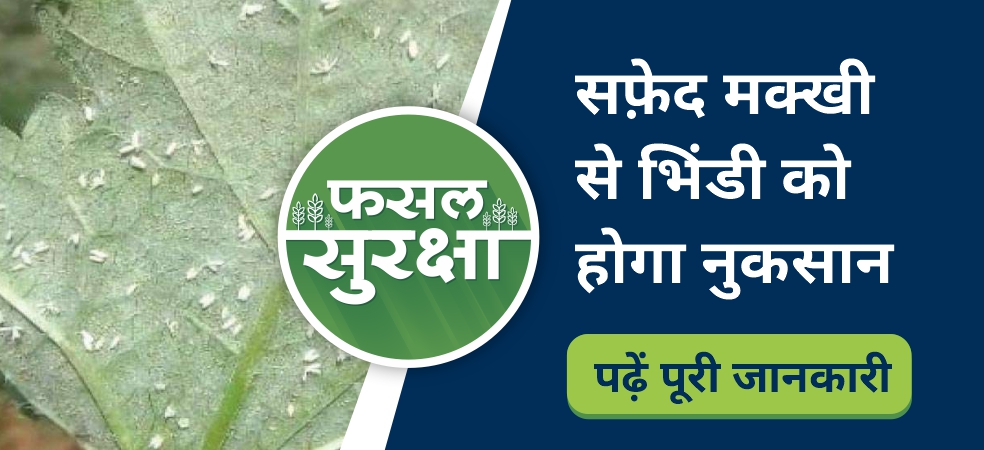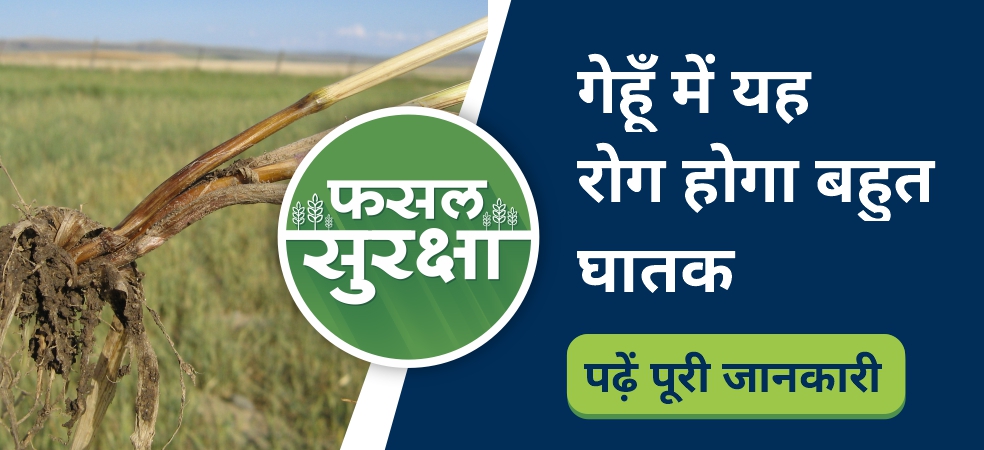-
These are small-sized insects and both the young and the adult of these insects damage the crop by sucking the sap from the lower surface. Due to which the growth of the plant and the yield is reduced. White fly is the vector of the yellow vein mosaic virus in okra which is known as peliya disease.
-
In case of more outbreaks, the crop becomes completely infected, even after the crop is fully developed, there is an outbreak of this pest, due to which the leaves of the crops dry up and fall.
-
Management:- Spray Diafenthiuron 50% SP @ 250 gm or Flunicamid 50% WG @ 60 ml or Acetameprid 20% SP @ 100 gm or Pyriproxyfen 10% + Bifenthrin 10% EC @ 250 ml/acre to control this pest.
ShareWith the sowing of the crop, connect your farm with the My Farm section of Gramophone app and keep on getting the exact advice and solutions related to smart agriculture throughout the crop cycle. Share this article with your friends with the share button below.










